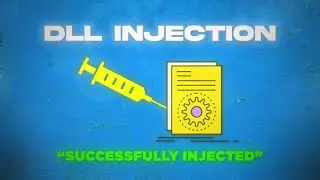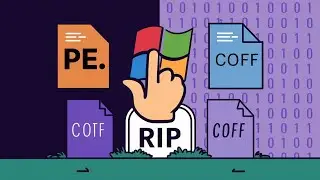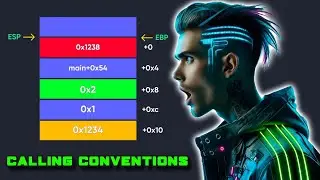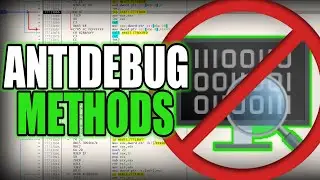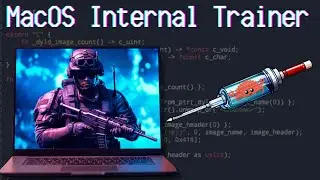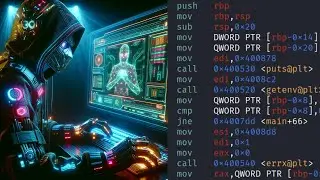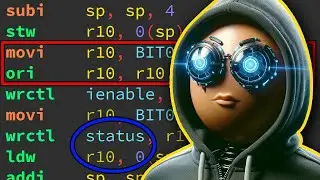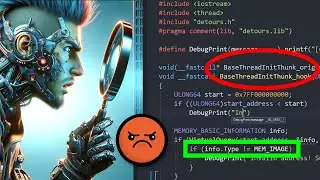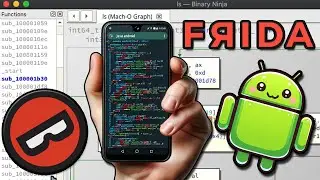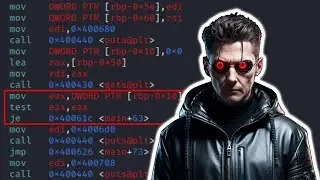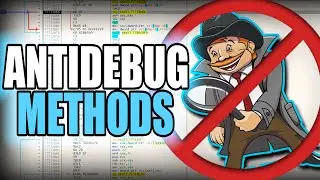Windows Internals - Special Process Types Explained
Not all processes are created equally. Find out why!
Support us on GH: https://guidedhacking.com/register/
Support us on Patreon: / guidedhacking
Support us on YT: / @guidedhacking
Learn more here:
https://guidedhacking.com/threads/win...
Video Creator: rexir
Video Narrator: Mewspaper
You may also like: Processes and Threads Explained
• Windows Internals - Processes and Thr...
-- Windows Internals - Special Processes Summary --
Windows processes can be classified into several types based on their unique characteristics. Key types include:
Protected Processes: Introduced for DRM purposes, they have limited access to other processes and require a special Windows Media Certificate for their executable files. Examples include Audiodg.exe, Mfpmp.exe, and Werfaultsecure.exe.
Protected Processes Light (PPL): An extension of protected processes that allows third-party programs to have similar privileges. The protection level depends on the program's signature. Many Windows system processes are PPL protected.
Minimal Processes: Managed by the kernel, these processes have no user-mode address space, loaded DLLs, PEB or TEB structures, or initial threads. They are for system use only.
Pico Processes: Small processes that use a pico provider driver to manage their execution. The pico provider can act like a separate kernel without the process being aware of the original system. Pico processes are the basis for the Windows Subsystem for Linux (WSL).
Trustlets (Secure Processes): Highly secure processes created by the Windows kernel in response to user-mode application requests. Trustlets rely on Virtual Trust Levels provided by the Hyper-V Hypervisor for isolation and can only import trusted DLLs.
Windows Internals forms the basis of an intricate, detailed examination of the internal workings of Microsoft's Windows operating system. It provides valuable insight into how Windows operates, including how it manages memory, processes, and handles system resources. By learning the basics of Windows Internals, one can gain a deeper understanding of how the operating system works under the hood.
Windows Internals basics involve comprehending the architecture and various components of the Windows operating system. These basics encompass understanding the kernel, which is responsible for managing system resources, including memory, processor time, and device I/O. Furthermore, it involves learning about the system processes and threads, which are responsible for executing code and performing tasks within the system.
Windows processes are an integral part of Windows Internals. A process is essentially an instance of a running application, consisting of a private virtual address space, code, data, and other operating system resources, such as files, pipes, and synchronization objects. Each process also contains at least one thread, which is the fundamental unit of execution within a process. Understanding these processes and how they interact is fundamental to mastering Windows Internals.
A comprehensive Windows Internals course is a valuable resource for gaining a deep understanding of these topics. These courses often cover the full gamut of Windows architecture, system mechanisms, and the internal logic of the OS. Typically, the course begins with the essentials and gradually delves into more complex topics like system mechanisms, I/O system, storage management, memory management, and security. Learning from such a course is beneficial not just for system administrators and IT professionals, but also for developers and programmers who want to create efficient, reliable, and secure software.
Windows Internals also proves essential for hackers, both ethical and malicious. Understanding the inner workings of the Windows operating system allows hackers to identify potential vulnerabilities and exploit them. Ethical hackers, also known as white-hat hackers, use this knowledge to help organizations identify and patch potential vulnerabilities before they can be exploited by malicious actors. On the other hand, black-hat hackers may use this knowledge for illegal activities, such as creating malware or breaching security systems.
In essence, a sound understanding of Windows Internals provides a fundamental base for many IT-related professions. From system administrators maintaining a smooth running environment to ethical hackers securing system vulnerabilities, the knowledge of how Windows works at its core is indisputably beneficial.
All our social media
https://linktr.ee/guidedhacking
Chapters
0:00 Intro
0:17 Protected Processes
1:30 Protected Processes Light
2:06 Join GuidedHacking.com
2:33 Minimal Process
3:06 Pico Processes
3:50 Trustlets
#windows #hacking #reverseengineering
process types
windows processes
Windows internals
Process Types Explained




![Best Dubstep Mix 2021 [Brutal Dubstep Drops],Gaming Dubstep Mix](https://images.videosashka.com/watch/hskp_5uxw00)
![Everyone Bullies Ui-mama With Ui-Beams (Koyori, Lize, Furen, Haneru, Patra, Siro, Aoi) [Eng Subs]](https://images.videosashka.com/watch/2kYfGFujdVs)



